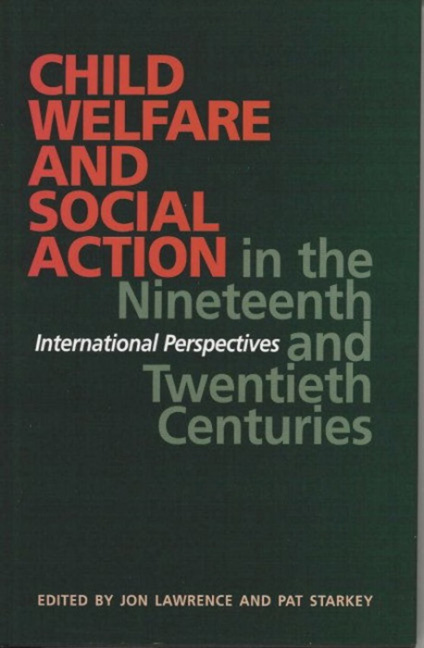Book contents
- Frontmatter
- Contents
- Acknowledgements
- Introduction: Child Welfare and Social Action
- I Gender and ‘Delinquency’
- II Child Emigration
- 3 Fairbridge Child Migrants
- 4 Gender, Generations and Social Class: The Fairbridge Society and British Child Migration to Canada, 1930–1960
- 5 Child Rescue: The Emigration of an Idea
- 6 Changing Childhoods: Child Emigration since 1945
- III Rethinking Philanthropy
- IV ‘Welfare States’ and Child Welfare
- Notes on Contributors
- Index
3 - Fairbridge Child Migrants
from II - Child Emigration
- Frontmatter
- Contents
- Acknowledgements
- Introduction: Child Welfare and Social Action
- I Gender and ‘Delinquency’
- II Child Emigration
- 3 Fairbridge Child Migrants
- 4 Gender, Generations and Social Class: The Fairbridge Society and British Child Migration to Canada, 1930–1960
- 5 Child Rescue: The Emigration of an Idea
- 6 Changing Childhoods: Child Emigration since 1945
- III Rethinking Philanthropy
- IV ‘Welfare States’ and Child Welfare
- Notes on Contributors
- Index
Summary
In recent years, the media and governments have focused on the history of British child migration. The children sent to the former British Dominions have been seen as The Lost Children of Empire separated from family and home and exiled across the oceans to hardship. There has been a specific concern with the child migrants sent to Australia and especially the child migrants of the period immediately after the Second World War. These children have been portrayed as victims not only in the press but in such dramatic fiction as the joint BBC–ABC four-hour mini-series The Leaving of Liverpool, which was reviewed in Australia as an account of ‘philanthropic abduction’. In 1996, the Parliament of Western Australia, where most twentieth-century child migrants had been sent, established a Select Committee of Enquiry. In 1998, the Health Committee of the House of Commons presented its own report on the welfare of former British child migrants. Its conclusion was that ‘Child migration was a bad and, in human terms, costly mistake’, which had been based on deceit and abuse of the children who had been caught up in the various schemes. Accepting this report, the British Labour government, noting that child migration was ‘a misguided policy’ which had left a legacy of problems and suffering, agreed to establish a £1 million fund to enable former child migrants to reunite with any surviving kith and kin. In 2001 the Senate of the Australian Parliament also established its own enquiry which would produce a further extensive report ‘regretting the psychological, social and economic harm caused to the children’.
Earlier scholarship has already analysed the nature of child migration to Canada in the late nineteenth and early twentieth centuries. The work of Joy Parr and others revealed the interaction between working-class parents and a number of the voluntary societies which led first to children being placed in institutions and then to their emigration, sometimes without, but often with parental consent. The current critique of child migration, as particularly detailed and summarised in the House of Commons’ Health Committee report, has focused on three related areas. First, it has been claimed that the vast majority of child migrants had been attracted by images of opportunity in Australia and then sent overseas without consent or knowledge of their family.
- Type
- Chapter
- Information
- Publisher: Liverpool University PressPrint publication year: 2001

